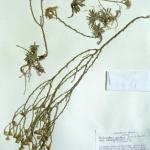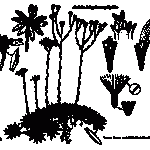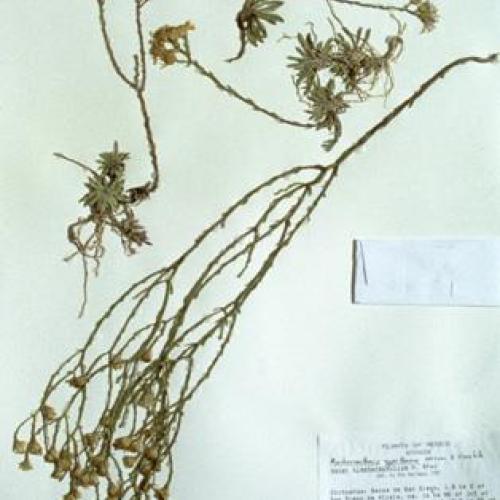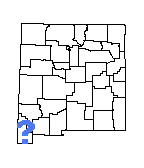Leucosyris blepharophylla (La Playa Springs Spine-Aster)
| USFWS | State of NM | USFS | BLM | Navajo Nation | State Rank | Global Rank | R-E-D Code | NMRPTC Status | Strategy Status |
|---|---|---|---|---|---|---|---|---|---|
| SH | G1 | 3-2-2 | R | SS |
| Overall Conservation Status | Documented Threats | Actions Needed |
|---|---|---|
| WEAKLY CONSERVED | water management/use |
Search alkaline springs for extant populations |
*Nesom, G.L., L.A. Vorobik and R.L. Hartman. 1990. The identity of Aster blepharophyllus (Asteraceae: Astereae). Systematic Botany 15(4):638-642.
Morgan, D.R. and R.L. Hartman. 2003. A synopsis of Machaeranthera (Asteraceae: Astereae), with recognition of segregate genera. Sida 20(4):1387-1416.
Poole, J.M., W.R. Carr, D.M. Price and J.R. Singhurst. 2007. Rare plants of Texas: A field guide. W.L. Moody Jr. Natural History Series, number 37. Texas A&M University Press, College Station. 656 pp.
Pruski. J.F. and R.L. Hartman. 2012. Synopsis of Leucosyris, including synonymous Arida (Compositae: Astereae). \ Phytoneuron 2012-98: 1–15. Published 12 November 2012.
For distribution maps and more information, visit Natural Heritage New Mexico




